

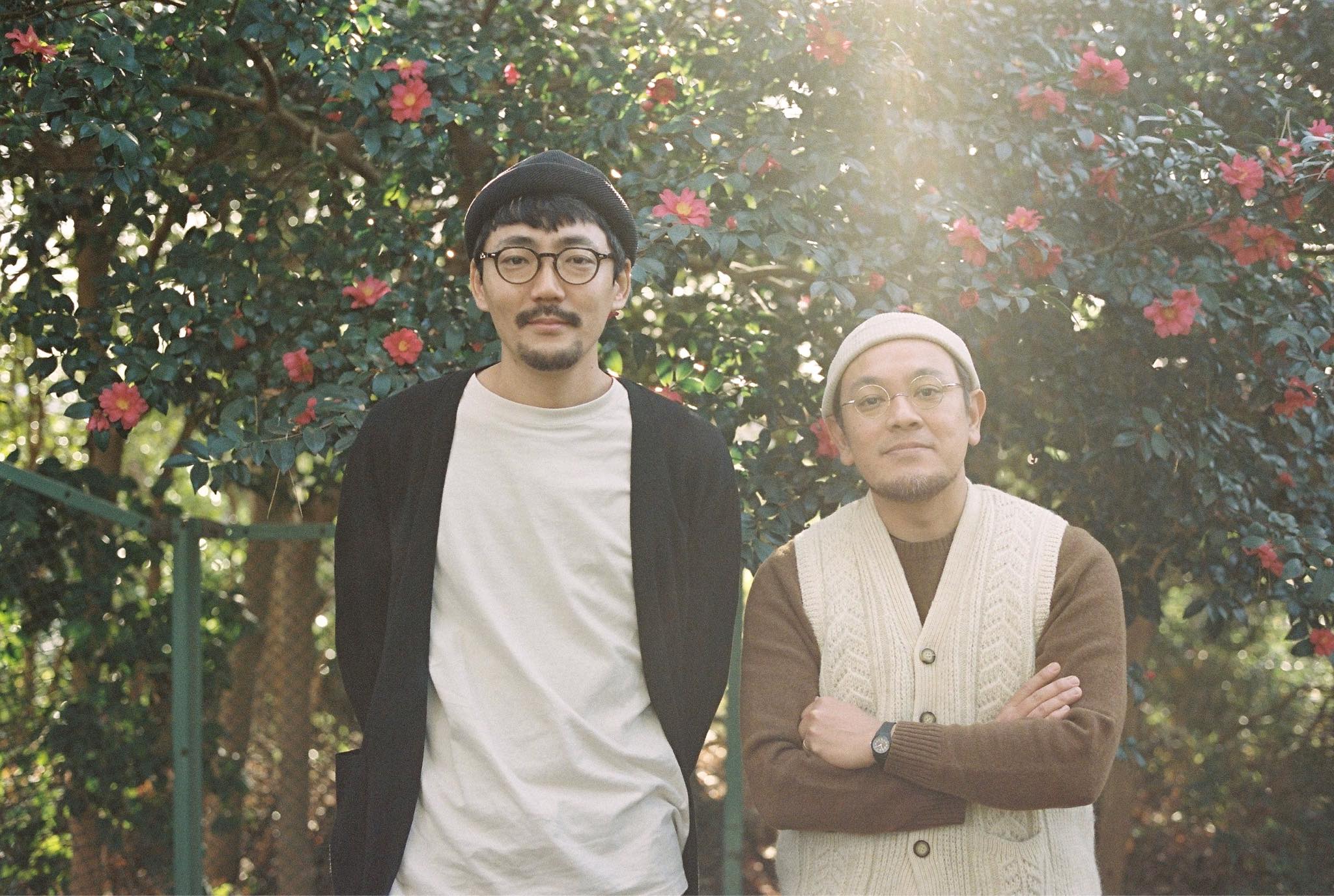
L PACK. is a duo formed by Susumu Odagiri and Tetsuya Nakajima, who were both born in 1984 and graduates of Shizuoka University of Art and Culture, where they majored in spatial design. Their work traverses the fields of art, design, architecture, and folk crafts, with the aim of weaving themselves into the fabric of communities by adeptly improvising with a limited selection tools and local materials, and their conceptual starting point is “landscape with coffee.”
Nihonbashi・Bakurocho
Etoile Kaito Living Building
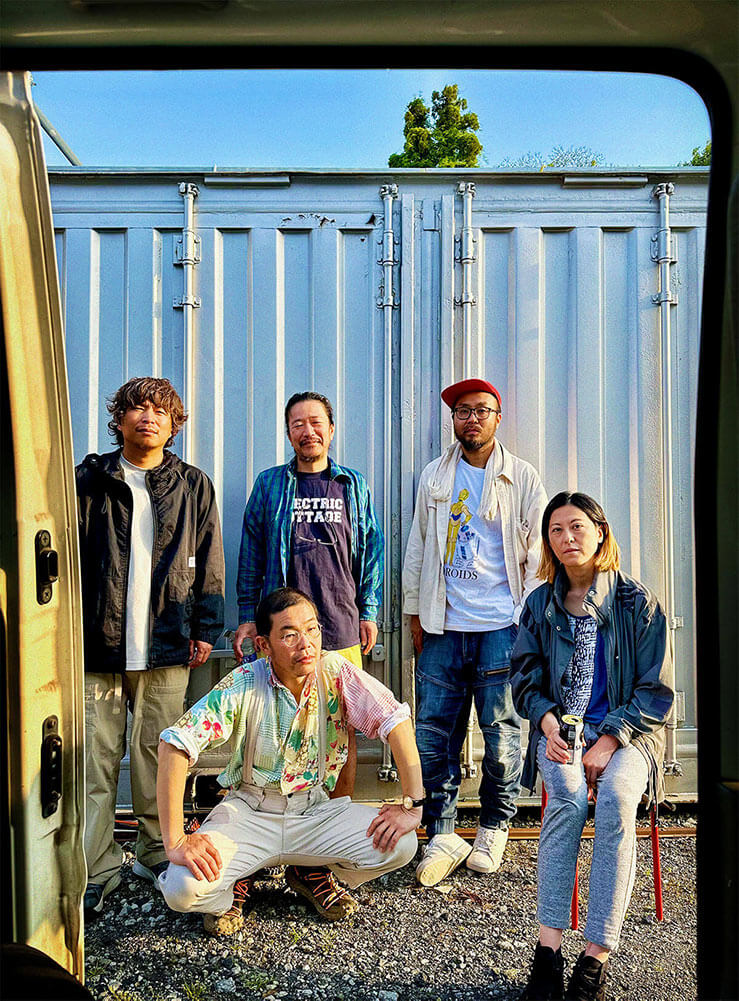
Milk Souko The Coconuts is a collective of six artists: Naotaka Miyazaki, Naoki Matsumoto, Takuma Nishihama, Zenichi Tanakamaru, Ari Ookubo, and Hiroaki Takiguchi. Founded in 2009 as “Milk Warehouse,” the group evolved into “mirukusouko (Milk Warehouse) + The Coconuts,” and, with the addition of Ookubo in 2024, adopted its current name in 2025. Through bricolage-based modes of practice, the collective reconsiders the relationships between material and the body, as well as between consciousness and infrastructure. Major exhibitions include ‘Aichi Triennale 2022’ at Aichi Arts Center and ‘Plans for TOKYO 2019’ at gallery αM.
Nihonbashi・Bakurocho
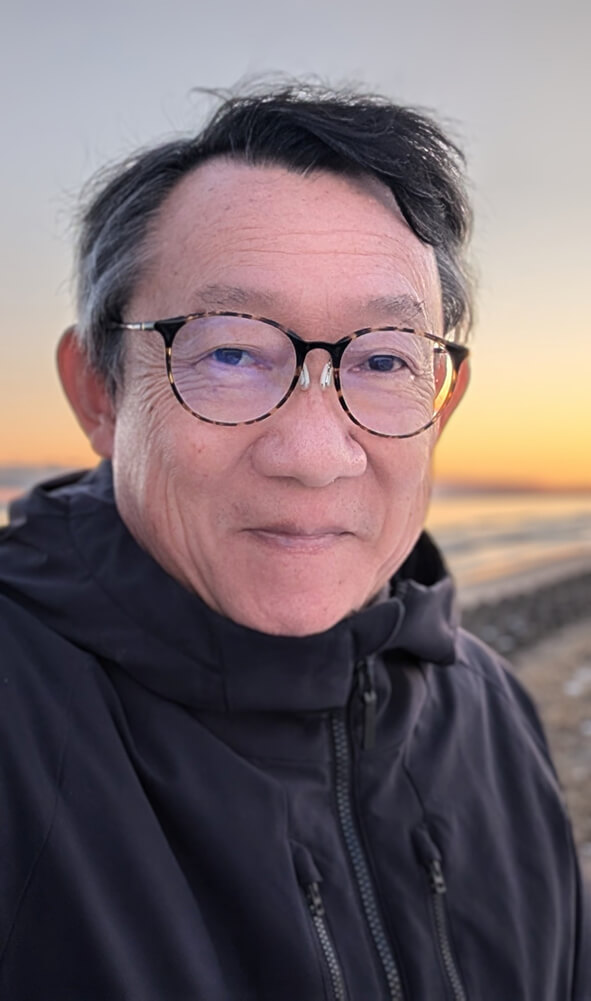
Photographer, Director of the Institute of Anthropology of Art and Design at Tama Art University. Engaged in extensive activities centered on themes of the emergence of images and memory. Served as Artistic Director of the Aichi Triennale 2016 and as International Curator for the “Taiwan Route3 Art Festival,” in 2023.Recipient of the 2019 Japan Photographic Society Award for “On Landscape: The Changing Earth and Japan’s Memory” (Chuokoron-Shinsha). Author of Photography Theory (Chuokoron-Shinsha, 2022) and Hilma af Klint: The Spirituality of Color (Inscript, 2025).
Nihonbashi・Bakurocho
Etoile Kaito Living Building
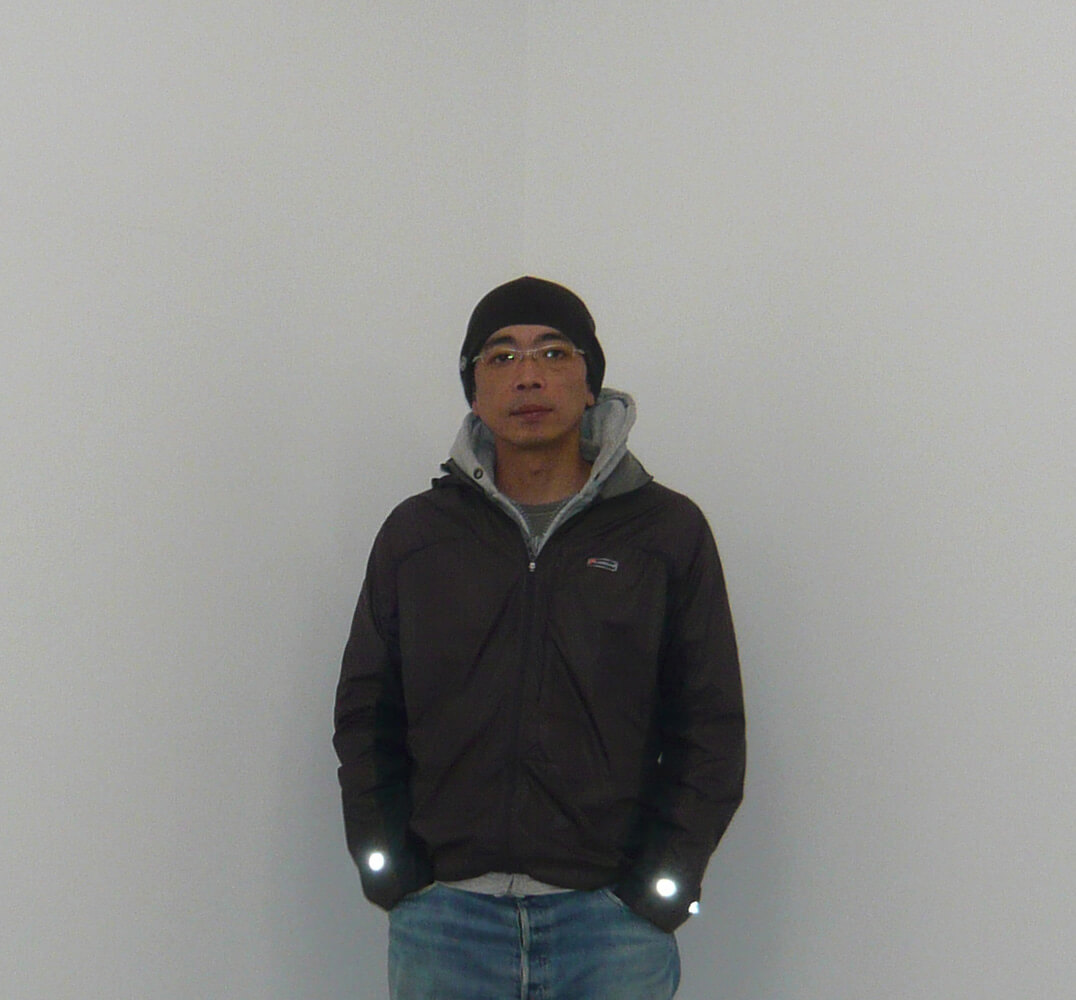
Born in Nagasaki Prefecture in 1965. Completed his graduate studies at Tokyo University of the Arts, majoring in sculpture, in 1996. He has created a series of works based on Leonardo da Vinci’s drawings of water flow and hair, using materials such as marble and boxwood. Mori has also produced works themed around the atomic bombing of his hometown, Nagasaki. His expression methods are diverse, including sculpture, ceramics, photography, and oil painting. Recent major exhibitions include War in the Eyes of Artists From Goya to Picasso, and then to Nagasaki (Nagasaki Prefectural Art Museum, 2025), among others.
Ueno・Okachimachi
Kan'ei-ji Temple
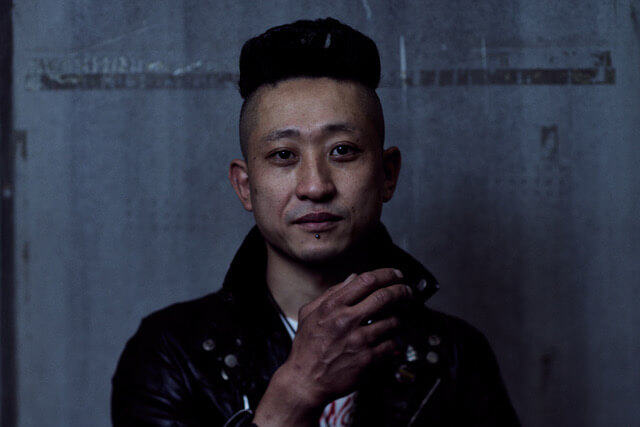
Nihonbashi・Bakurocho
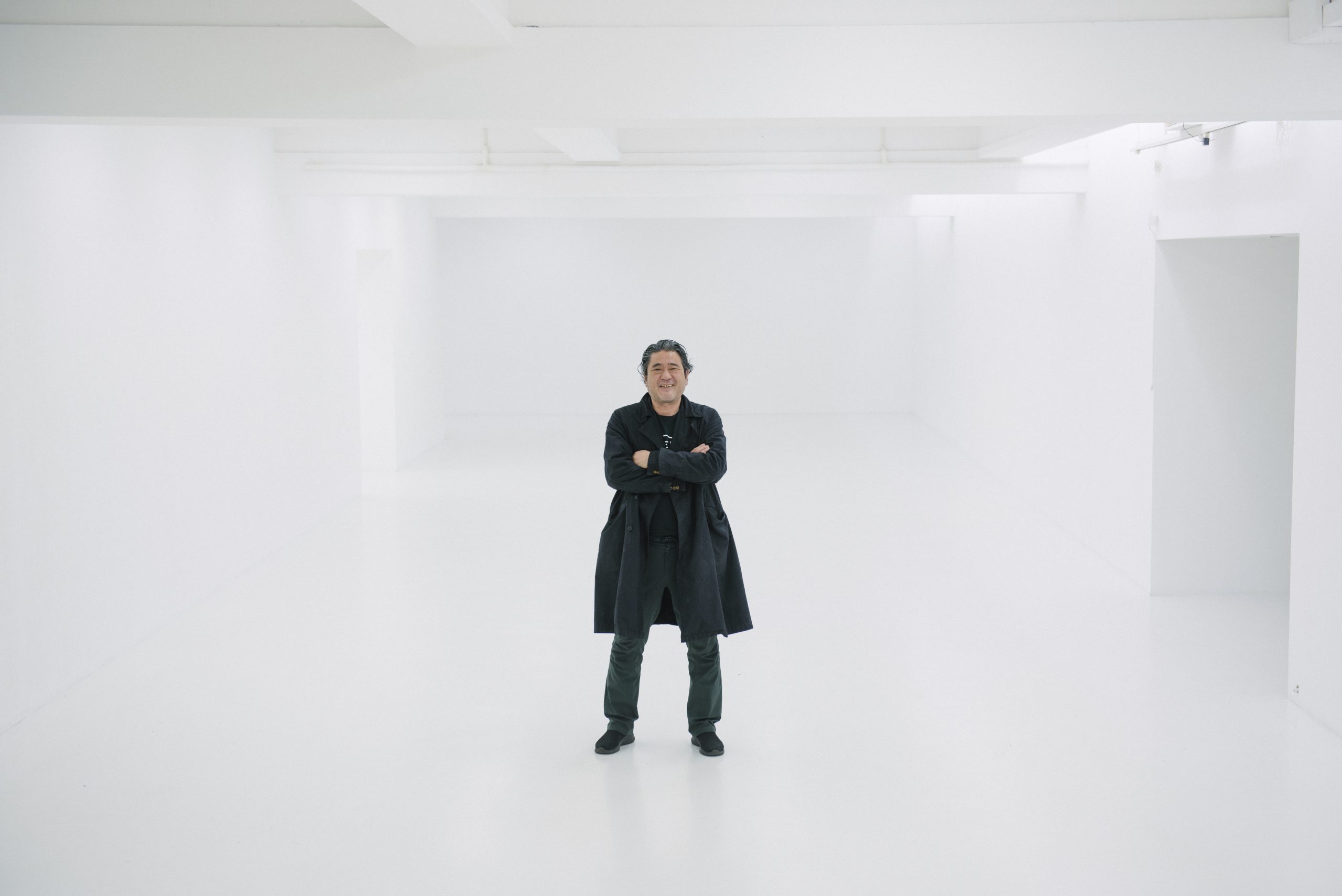
Artist, Professor at Tokyo University of the Arts (Department of Painting). Born 1963 in Odate City, Akita, Japan. In the early 1990’s, he set up guerilla art projects –THE GINBURART in Ginza and Sinjuku Shonen Art in Shinjuku’s Kabukicho district (1993). In 1997, he formed an alternative artist initiative called “commandN.” Activities of this group include the international video installation “Akihabara TV” held multiple years in 1999, 2000, and 2002. His work was displayed in the 49th Venice Biennale (2001) Japan Pavilion First & Slow exhibition. From 2004, he founded a number of art projects including himming in Himi (Toyama Pref.) and ZERODATE in Odate (Akita Pref.) Nakamura then founded 3331 Arts Chiyoda in June 2010 as an independent and sustainable art center. With an extensive background in a variety of expressive activities, starting in summer 2020 he is taking on the challenge of developing the Tokyo Biennale, an art festival that will dig for the cultural and artistic resources underlying the city of Tokyo.
Nihonbashi・Bakurocho
Etoile Kaito Living Building
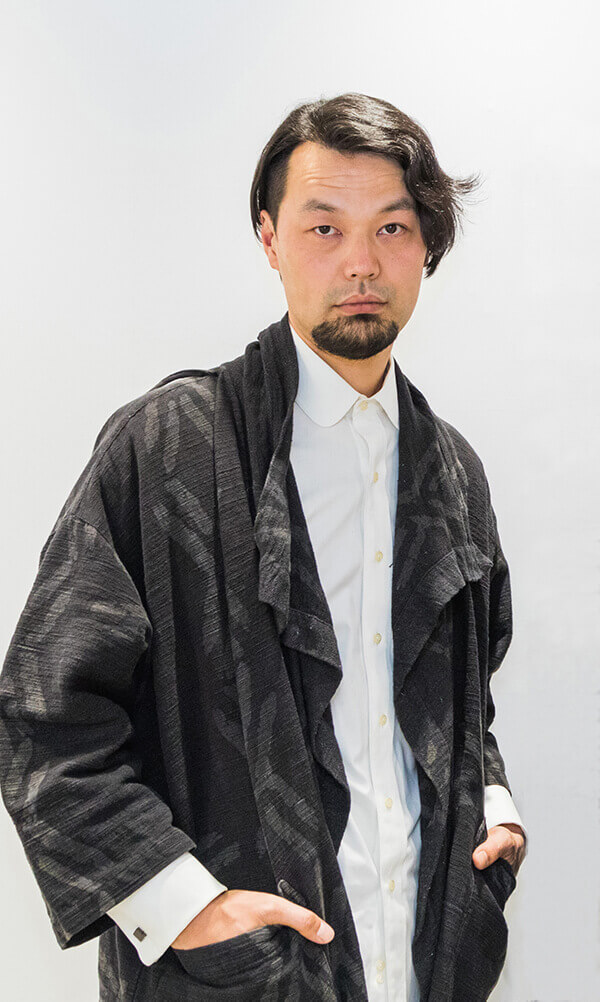
Born 1983, Tokyo. Ph.D. (Fine Art) Live and work in Tokyo. University of Tokyo, project Researcher. Murayama, who studied painting, explores the temporality and emergence of human acts of creation (poiesis) within the theoretical frameworks of biological systems and the philosophy of science. As seen in his representative series Woven Paintings, Murayama expresses the processes and patterns of self-organization through his drawings and paintings. In recent years, Murayama has extended his artistic endeavors by collaborating with scientists on AI pattern recognition and generation. These collaborations aim to deepen human understanding of and sensitivity towards artificial intelligence.
Suidobashi
Tokyo Dome
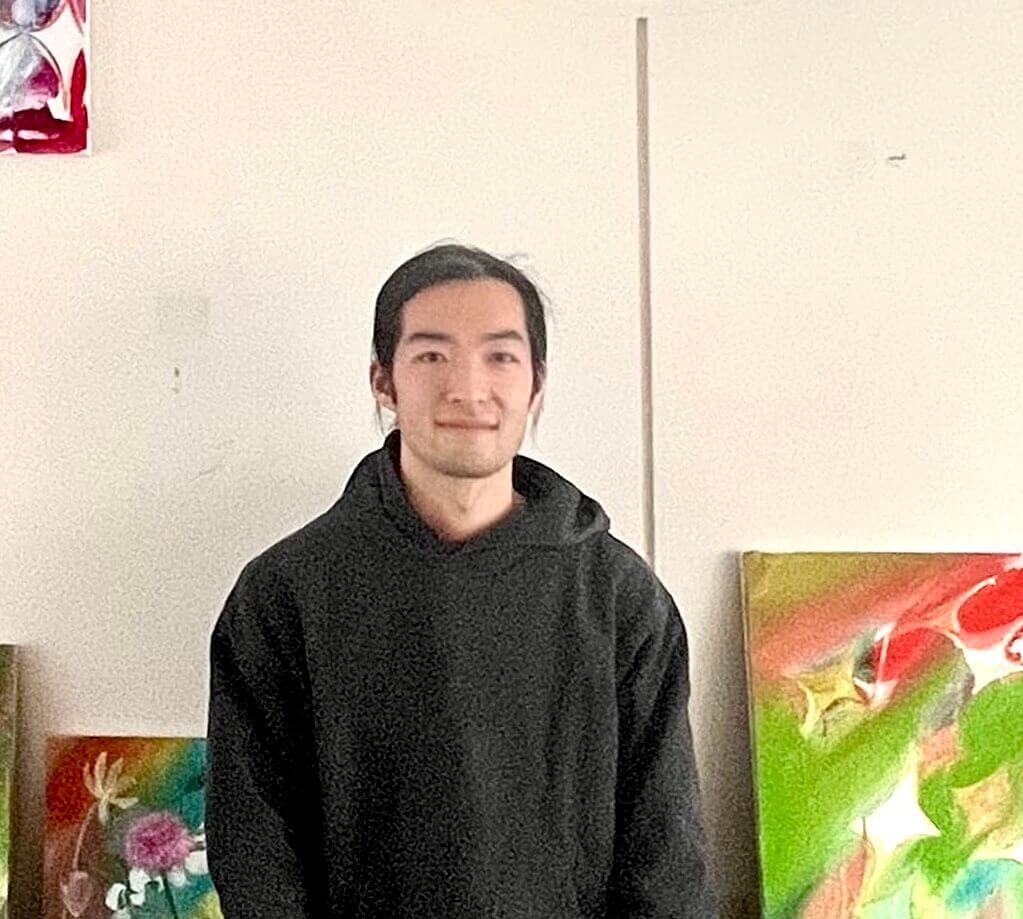
Graduated in 2023 with a BFA in Oil Painting from the Department of Painting, Tokyo University of the Arts. Major solo exhibitions include Tamashii (GALLERY MERROW, Tokyo, 2023), Kokoro kara no Kotoba [words from the heart] (Yubido, Tokyo, 2024), and Iro, Hito, Katachi [color, people, form] (NOHGA HOTEL Ueno Tokyo, 2024). Group exhibitions include the 2nd Saga University ⇆ Tokyo University of the Arts ⇆ IAMAS Exchange Exhibition Kanjo Kosaten (Saga University Museum, 2022) and the 71st Graduation Works Exhibition of Tokyo University of the Arts (Tokyo University of the Arts, 2023).
At some point, I found myself wanting to change the world. When I look around, I see anxiety, fear, and indifference gaining ground in many parts of our society. For people to express themselves freely, to embrace each other’s differences, and to build a better world together by complementing one another’s strengths and weaknesses, we must begin by confronting the fears and uncertainties that quietly reside within our own hearts—often without us even noticing. I happen to be someone who paints, and I’m grateful for the chance to show my work. But ultimately, my real task is to live each day as honestly and consciously as possible. What choices lead to growth? What forms of expression carry clarity and meaning? And which ones are destructive or empty? These questions guide me, whether I’m in front of a canvas or moving through everyday life. This axis remains unchanged—both in art and in the world outside it.
Otemachi・Marunouchi・Yurakucho
Otemachi First Square
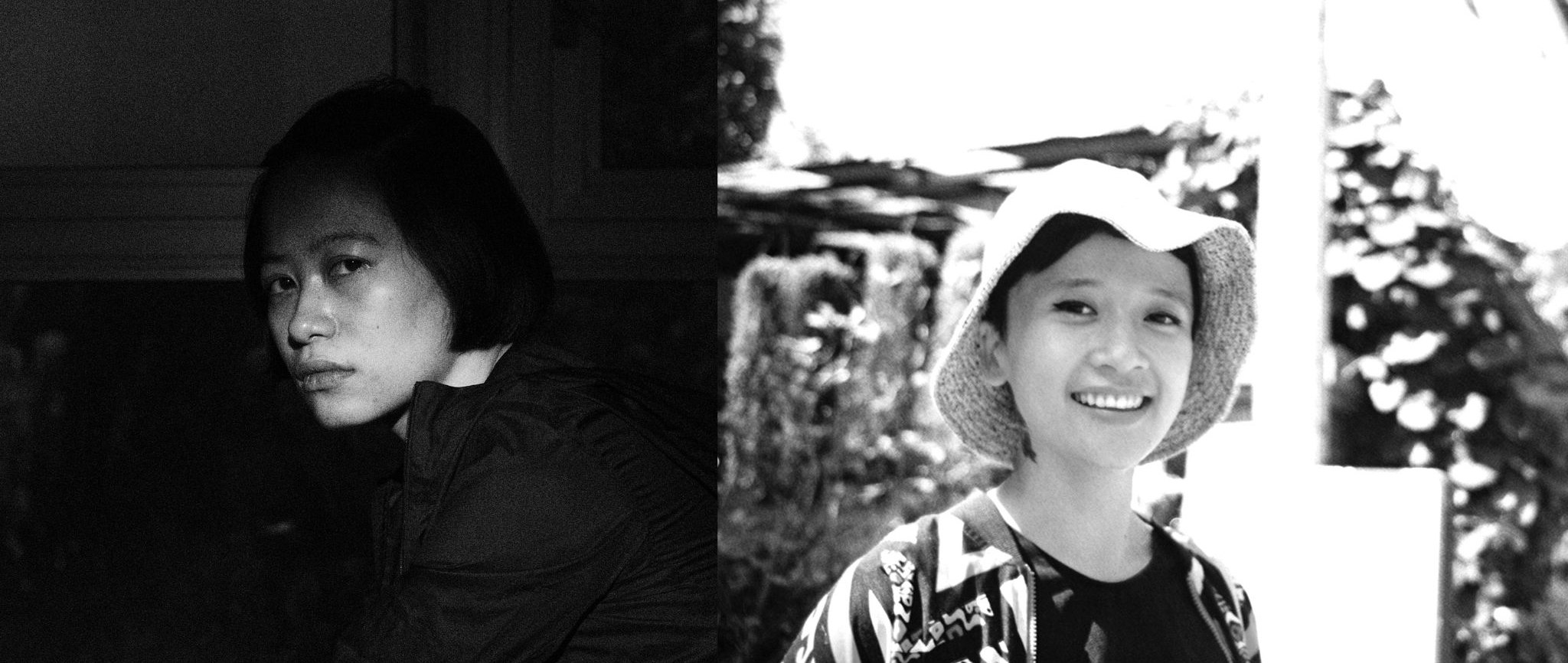
Nguyễn Phương Linh (1985) and Trương Quế Chi (1987) are longtime friends and colleagues. Phương Linh’s practice contemplates form and time. Allusions to bodily movements in recent works convey her long-standing fascination with the body, its durability, and its resilience. As abstract renderings of social, historical, and autobiographical events and structures, Quế Chi’s works delve into the spectacle of the everyday, its contrasting feelings, and its enigma.
Since 2021, the duo has undertaken collaborative projects as echoes of the synchronous rhythms of their lives that mirror one another. Their works, in juxtaposition, converse and conjure up a visceral sense of weight, height, and ephemerality. Among their shared interests are shadows of intergenerational loss and the corporeality associated with the female body in various aspects and contexts. Their works were presented at the Busan Biennale 2024 and the Asian Art Biennale 2024. Phương Linh and Quế Chi have been active as curatorial board members of Nhà Sàn Collective, an artist-run initiative in Hanoi, Vietnam since 2013.
Nihonbashi・Bakurocho
Etoile Kaito Living Building